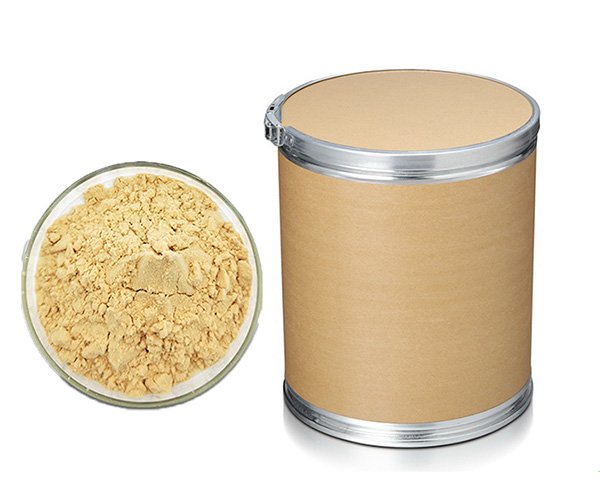Fertilizer Synergist–Polyaspartic acid is a water-soluble bionic polymer. In agriculture, it can be used as a plant nutrient absorption promoter to effectively promote the absorption of nutrients by plants. It can be used in combination with pesticides and fertilizers to improve the utilization rate of pesticides and fertilizers and enhance the competitiveness of fertilizers.
The main functions of polyaspartic acid:
(1) Polyaspartic acid as a fertilizer synergist can increase yield
As a fertilizer synergist with urea and compound fertilizers. It can reduce the loss of fertilizers, activate their nutrients, improve the absorption and utilization rate of fertilizers by crops. It can improve the efficacy of fertilizers and increase yields.
(2) Polyaspartic acid can increase the absorption and utilization rate of trace elements by crops
Polyaspartic acid as a fertilizer synergist can promote the absorption of trace elements such as zinc, iron, and manganese by crops, so that crops also contain some trace elements and become organic crops.
(3) Polyaspartic acid as a fertilizer synergist can promote the early maturity of crops.
When PASP use together with other fertilizers, it can improve the efficacy of fertilizers, shorten the planting time and promote the early maturity of crops.
Features of polyaspartic acid (PASP):
- Reduce fertilizer loss, activate nutrient elements, and improve fertilizer utilization, thereby reducing fertilizer use by 30% and increasing yield by 10%-30%.
- Promote crops to absorb trace elements such as iron, zinc, and manganese. The trace content of crops treated with polyaspartic acid is 3-4 times higher than that of control crops.
- Promote crop early maturity by 7-10 days and extend the harvest period by 10-15 days.
- Polyaspartic acid can promote root growth, increase nutrient absorption, and enhance crop resistance to cold, drought, and disease.
- Improve quality and increase yield: Polyaspartic acid can promote protein synthesis and increase protein content. Promote early maturity and coloring. Extend the harvest period and storage period. Promote crops to absorb calcium, magnesium, iron, zinc, manganese and other trace elements. And is less likely to develop symptoms of deficiency.


